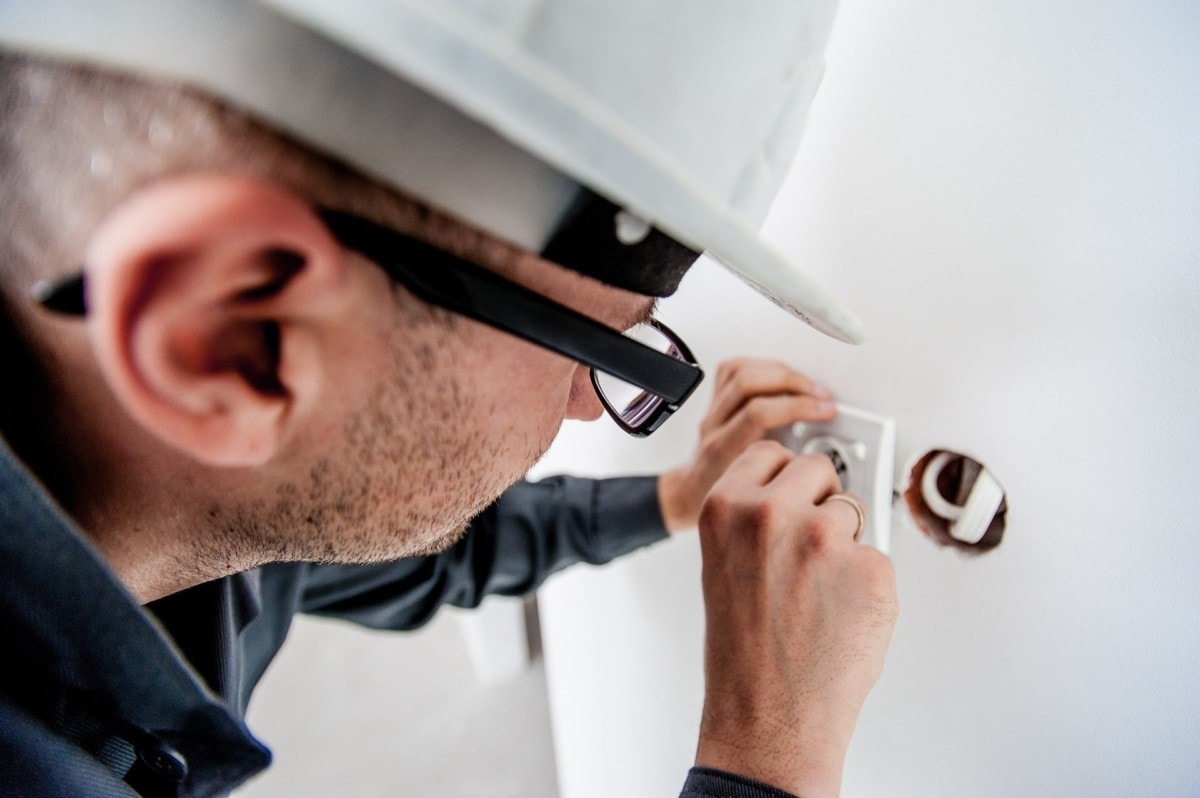Closing on a home is exciting, but sometimes you encounter “inspection nightmares” that can break the deal. As a seller, inspection surprises can force you to spend thousands of unexpected dollars to get your house on the market. As a buyer, these surprises may preclude you from signing off on the home of your dreams. To help you know what to look out for during your next home inspection, here are some commonly encountered home inspection nightmares, as well as some advice on how to handle them:

1. Foundation issues
If a home inspector finds a problem with the home’s foundation — or if the grading is sloped the wrong way — it will present a hassle for the seller and the buyer alike. Damp or wet crawlspaces may result from water seeping toward the foundation, or windows and doors may show uneven gaps — a sure sign that grading issues are causing the foundation to fall out of alignment. Sloping floors and cracked concrete are additional indications that a home’s foundation is in need of repair. Since the foundation is responsible for supporting the entire home, fixing it will cost a pretty penny; buyers may shy away from a home with foundation issues.
2. Water problems
Water issues in many forms can be another home inspection nightmare. Standing water in the basement could mean there is a major issue in the plumbing to address. Water stains on the ceiling could be indicative of roof damage or pipe issues. Bills for broken or cracked water lines will add up, plus, you may have to deal with the local municipality on some water issues. Water problems can be expensive to fix, but plumbing to the main water line generally falls to the seller’s responsibility.
3. Pests
When looking through your home for any pests — bugs, small rodents, etc. — the biggest issue to keep an eye out for is termite damage. Termites can eat the house from top to bottom, especially if you have wood framing. You must get rid of them and replace any wood they’ve eaten to keep the structural integrity of the house. You’ll need to monitor the house for a short time to make sure they don’t reappear.

4. Faulty electrical wires
House fires are often caused by faulty electrical wiring. If home inspectors find this problem during an inspection, there’s a chance someone will have to spend hundreds to thousands of dollars to rewire the home. Home inspectors are not allowed to open up walls and ceilings, so problems like these often go unnoticed. Inspectors will check electrical panels. If they’re not up to code, are missing labels, or aren’t up to capacity, you will have to address the issues. Exposed, spliced, or taped wires need to be fixed before walkthroughs. You’ll need to hire an electrician to further inspect your electrical wires and help fix this home inspection nightmare.
5. Mold and rot
Mold isn’t always a problem, but it can easily become a home inspection nightmare if gone unnoticed. Home inspectors may find black mold, for example, in a basement or crawl space. Mold can be a major health hazard, especially black mold, and may lead to asthma or other serious health issues. Mold usually indicates larger problems in the home, such as cracks in the foundation or plumbing issues that need to be addressed quickly.
Rotting in framing or around wood decks, windows, or doors is also usually indicative of larger problems. This could be the result of leaking pipes, mildew, or any kind of moisture issue that causes wood to break down. You need to find the problem and address it before more problems arise.

6. Roofing problems
Roofing problems aren’t always cause for alarm, but when a home inspector sees structural damage, mold, or flashing damage, the roof is generally in serious need of repair. Sometimes, buyers can negotiate with the seller to cover this repair cost. Other times, you might have to take on the repairs yourself after closing on the home. It varies from market to market, so discuss your options with your realtor before determining whether you want to close on the home or choose another.
7. Asbestos and radon
Many home inspectors are now offering radon testing as an add-on service and asbestos testing if they feel there’s a need. A positive asbestos or radon test is a sure sign that your home has a significant indoor air pollution problem and has been exposed to asbestos or radon. If this is the case, it needs to be addressed immediately. While you can address some remediation yourself — i.e., you can buy and set up a radon kit — it’s by no means as effective as hiring a professional. Asbestos removal, in particular, can be dangerous. Always hire a professional when removing and remediating indoor air pollution sources.
The post 7 Home Inspection Nightmares and How to Fix Them appeared first on Redfin | Real Estate Tips for Home Buying, Selling & More.
